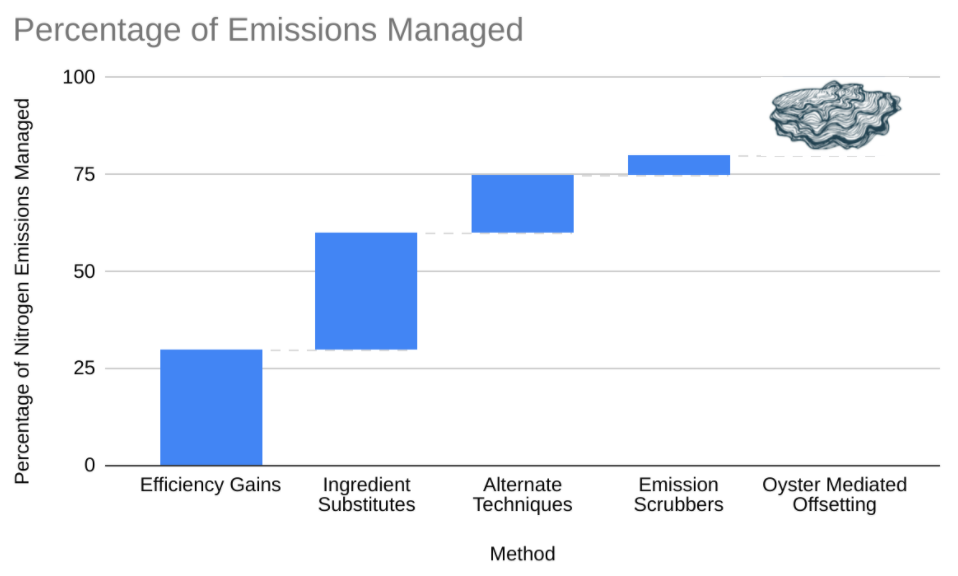

Abandoned Farm in Limburg
In Brief: National nitrogen emissions reduction measures do not diminish actual amounts of nitrogen entering the ocean, they just move the nitrogen emissions to countries that have less strict regulations.
We are told in the newspapers that the Stikstof Crisis (Nitrogen Crisis) in the Netherlands is a Dutch invention. This is unfortunately completely untrue. The Netherlands is one of the few regions that has politically recognised the problem of too much nitrogen based fertiliser and sewage runoff. However, as you can see from this heatmap from Wired magazine, we are faced with problems of a similar scale on almost every continent.

Image: Map of Global Reactive Nitrogen (Source Wired Magazine)
Globally 80% of sewage reaches our oceans untreated, and combined with agriculture, over 135 Billion Kgs of reactive nitrogen enter our oceans each year. As I have explained before eutrophication and marine dead zones driven by excess reactive nitrogen are not very great.
The tricky part is that there is no alternative to nitrogen for our farming. There is nothing we can transition to as in the case of fossil fuels moving to renewables. Plants require nitrogen to grow, it’s about as simple as that. Therefore options are slightly different when it comes to management plans.
The first and seemingly obvious solution has been emissions reduction policies. This is what we are experiencing in the Netherlands. Farmers are being asked to reduce their livestock numbers much to the fury of the farmers and the detriment of the Dutch agricultural pedigree.

Image: Groningen Cows in Eutrophic Water
However, this policy is toothless on its own from a global perspective. For a very basic economic reason; unless the demand for meat decreases, a lack of supply will be met by other countries. These countries likely have less strict environmental regulations than in the Netherlands. Farms that shut down in the Netherlands will just be replaced by new less efficient farms in places like Spain or Portugal. The nitrogen issue is not diminished; it has grown and moved southwards.
This is not to say that emissions reduction should not happen. They absolutely must be reduced. but this cannot be the only policy. A wide variety of measures should be used to tackle this colossal problem. Nature regeneration could easily be one of them. Oysters in the coastal regions that policy seeks to protect feed off the eutrophication causing algae. This prevents the same conditions that emissions reduction policy aims at managing.

Figure 1. Illustration of Nitrogen Management Measures
Oysters can be deployed more cheaply than shutting down farms and they provide a host of other benefits that I regularly discuss. This is not a new concept. In the US, oyster aquaculture is already used as a best management practice for nitrogen in the Chesapeake Bay. The problem is the same there as it is here. We have much to learn from our friends across the Atlantic.

Make a measurable difference for the ocean today.
You can now adopt a Mother Reef and help restore 100 oysters!

